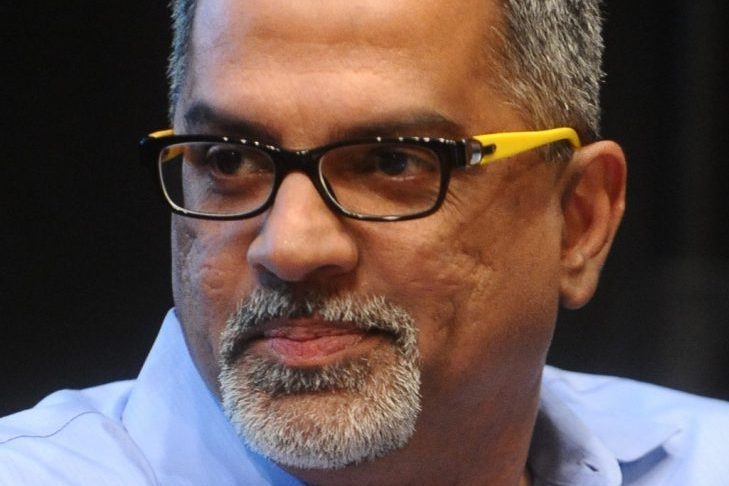
How we made that net neutrality clickstream diagram
To illustrate our recent post on Wikipedia clickstream 'rabbit holes,' the Wikimedia Foundation's Mikhail Popov used R code to create a net neutrality clickstream. An overview of core graph theory terms is provided, along with brief introductions to R packages igraph, ggplot2, and ggraph. While some familiarity with R is necessary, he includes a list of free resources for learning it at the bottom.

The public domain starts growing again next year, and it’s about time
The Electronic Frontier Foundation is taking part in Copyright Week, a series of actions and discussions supporting key principles that should guide copyright policy. Every day this week, various groups are taking on different elements of copyright law and policy, and addressing what's at stake, and what we need to do to make sure that copyright promotes creativity and innovation.

How to add your photos to Wikimedia Commons and add to the sum of all knowledge
Wikimedia Commons is the media site that hosts many of the images, video, and audio used on Wikipedia.

Celebrate Wikipedia’s birthday by joining your local library in the #1Lib1Ref campaign
The annual #1lib1ref campaign asks librarians to add a citation to a reliable source to Wikipedia—and it's easy to get involved.

New monthly dataset shows where people fall into Wikipedia rabbit holes
The Wikimedia Foundation’s Analytics team is releasing a monthly clickstream dataset. The dataset represents—in aggregate—how readers reach a Wikipedia article and navigate to the next. Previously published as a static release, this dataset is now available as a series of monthly data dumps for English, Russian, German, Spanish, and Japanese Wikipedias.

Wikimedia engineer contributes several fonts to the Malayalam language
Wikimedia Foundation Engineer Santhosh Thottingal maintains and/or has engineered about 12 high-quality fonts used for writing his native language, Malayalam. We reached out to Thottingal to learn more about creating fonts, and his other projects related to digital access.

How I make video ‘newsreels’ for social media—so you can too
As a video producer and storyteller for the Wikimedia Foundation, I've produced a few 'silent newsreels,' a video format enjoying a renaissance in the age of social media. Now I'm sharing what I know with the greater Wikimedia movement.

On the year where "a very fundamental human right—the right to access information" was challenged: Raju Narisetti, Wikimedia Foundation Board member
New Wikimedia Foundation board member Raju Narisetti says, “We will look back at 2017 as a year where there were systematic and sustained challenges worldwide to a very fundamental human right—the right to access information.” We talk with him about some of the challenges the Wikimedia projects may face.

"We keep the servers going … and much more": Recent highlights from our Technology department
Running the servers is only a fraction of the technical and community work that the Wikimedia Foundation's Technology department does every day. Here's who we are, along with a few snapshots of our work.

Inspire New Readers campaign: Raise awareness of Wikipedia where you live
Recent research shows that only 33 percent of Internet users in India, 19 percent of internet users in Iraq, and 39 percent of Internet users in Brazil have heard of Wikipedia. Those numbers differ dramatically from the United States and France, where 87 and 84 of internet users, respectively, have heard of Wikipedia. How would you raise awareness of Wikipedia where you live? A new campaign wants to hear your ideas.
Help us unlock the world’s knowledge.
As a nonprofit, Wikipedia and our related free knowledge projects are powered primarily through donations.
Donate now